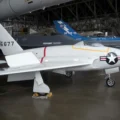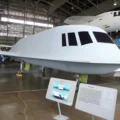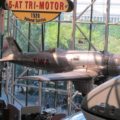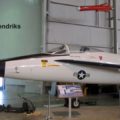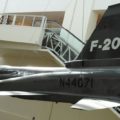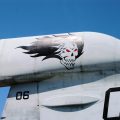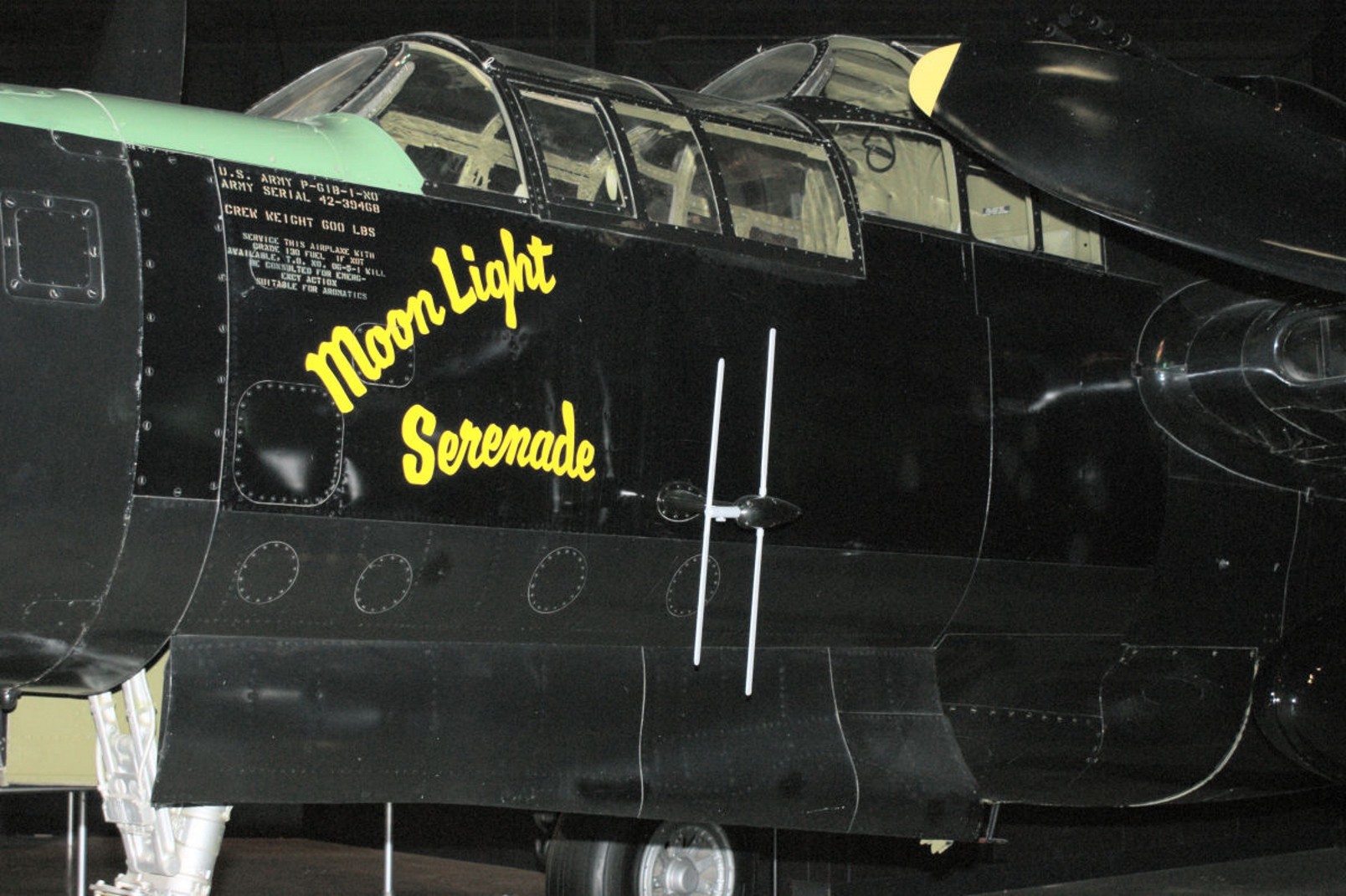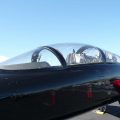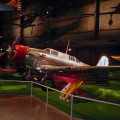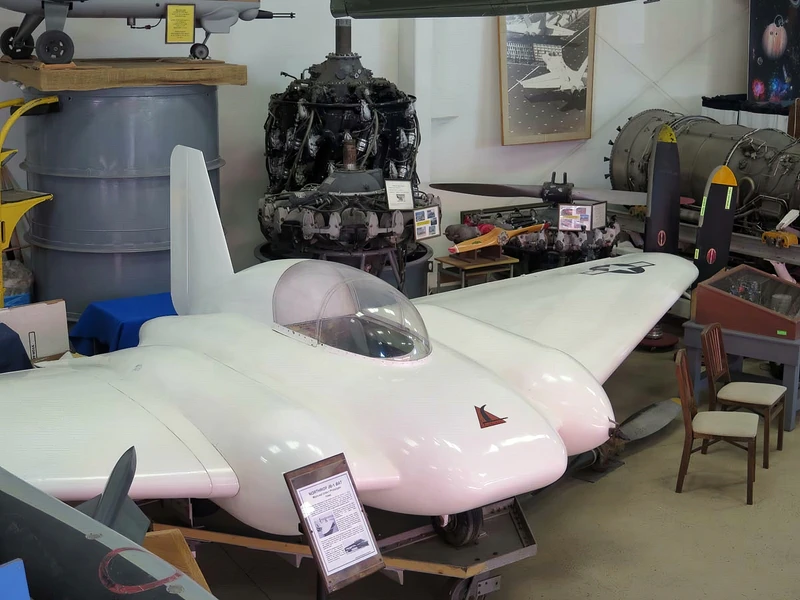
Northrop JB-1 Bat | |
|---|---|
| Zemlja | Sad |
| Ulogu | Prototip letećeg krila sa mlaznim napajanjem |
| Prva muva | 27 avgust 1943 |
| Izgradio | Nepoznato |
Čaj Northrop JB-1 "Slepi miš" je bio krstareća raketa zemlja-zemlja Sjedinjenih Država koja je bila prototip letećeg krila sa mlaznim snagama. Program američkih vojnih vazduhoplovnih snaga MX-543 pokrenut je u septembru 1942. Korporacija Nortrop je angažovana krajem 1943, a izgrađeno je samo 10 aviona JB-1. Ljudska verzija šlepovana je za prvi let na "27. avgusta 1943", sa Rodžers Suvog jezera, a verzija jedrilice lansirana je sa raketnih sanki i srušila se u decembru 1944. Bespilotni JB-1 koji je napajao improvizovani General Electric B-1 turbojet sa rasponom krila od 28 stopa 4 inča (8,64 m) stigao je 7.
| Northrop JB-1 Bat Walk Around | |
|---|---|
| Photographer | Vladimir Yakubov |
| Localisation | Western Museum of Flight, Torrance |
| Photos | 40 |
Pogledajte i:
Čaj Northrop JB-1 Bat was a jet-powered flying wing cruise missile developed by Northrop Corporation during World War II. It was intended to be a surface-to-surface weapon that could deliver a 900 kg (2000 lb) bomb to a target up to 400 km (250 mi) away. The JB-1 Bat was inspired by the German V-1 flying bomb, which was discovered by the Allies in 1942. The JB-1 Bat used two General Electric B-1 turbojet engines, which were derived from a turbosupercharger design. The JB-1 Bat had a wingspan of 10.4 m (34 ft) and a length of 6.4 m (21 ft). It had a maximum speed of 640 km/h (400 mph) and a cruising speed of 480 km/h (300 mph).
Palica JB-1 testirana je kao jedrilica sa ljudskom posadom i kao bespilotna raketa. Prvi let verzije jedrilice održan je 27. avgusta 1944. godine, a na kontrolama je bio probni pilot Hari Krosbi. Prvo lansiranje raketne verzije dogodilo se 7. decembra 1944. godine, ali je propalo zbog kvara motora i nepravilne postavke elevona. JB-1 slepi miš patio je od mnogih tehničkih problema, kao što su kvarovi motora, strukturne kompleksnosti i problemi sa gojaznošću. Northrop je pokušao da poboljša dizajn pomoću Fordovog pulsnog mlaznog motora umesto GE B-1 turbojet motora, što je rezultiralo JB-10 varijantom. Međutim, JB-10 je takođe imao slab učinak i pouzdanost. Program JB-1 Bat otkazan je 1946.
Views : 1323



